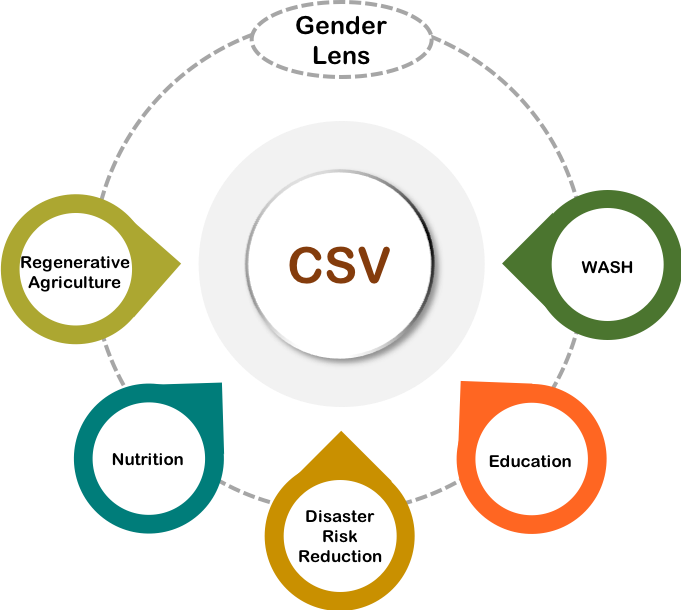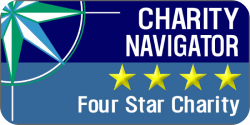Climate change has and will continue to significantly impact rural communities around the world. In particular, as weather patterns become increasingly unpredictable, farmers struggle to support regular crop yields. In order to address the effects of climate change on agriculture around the world, IIRR is supporting research into and implementation of Climate Smart Villages (CSVs).
Adverse weather conditions and other climate-related concerns contribute to unpredictability in terms of mechanization, pests and diseases, and market prices. These factors threaten the livelihood of smallholder farmers around the world, and particularly in the global south. IIRR recognizes the vitality of these farmers, who produce over 80% of the food we consume, and seeks to contribute its CSV initiative in order to:
- Create a new revenue stream for rural communities by helping them grow and monetize mung beans and implement holistic interventions to promote gender equality
- Diversify farmers’ livelihood and add more nutrients to diets
- Sustainably increase agricultural productivity and incomes
- Reduce and/or remove greenhouse gases emissions, where possible
- Advance progress towards the United Nations Sustainable Development Goals (SDGs).




